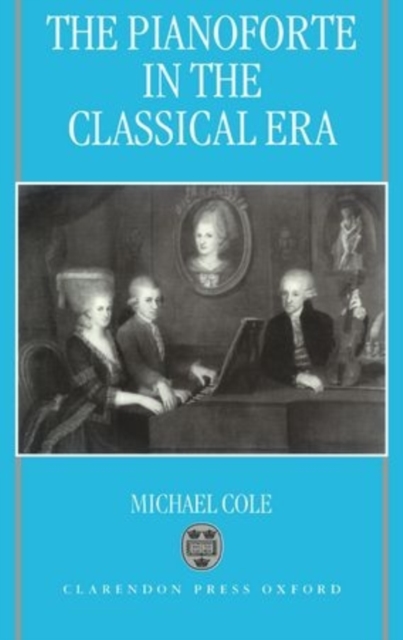
The Pianoforte in the Classical Era Hardback
by Michael Cole
Hardback
- Information
Description
In a period of only thirty years in the second half of the eighteenth century European musical culture underwent a remarkable transformation.
In 1765 the harpsichord was the indispensable item in almost every concert and in every home where music was practised; the sound of the pianoforte was virtually unknown to most music lovers.
Yet by 1795 the situation was entirely reversed. The pianoforte was indispensable and the harpsichord had become all but obsolete - except in the most backward and conservative establishments.
Three hundred years of harpsichord dominance had ended, and workshops that had been busy producing them either ceased trading or switched hurriedly to the new hammer-action instruments. What precipitated this amazing capitulation was, of course, new styles in musical composition and performance.
While baroque counterpoint might be ideally suited to the harpsichord, the new keyboard music required above all expression.
Not only loud and soft sounds, which the harpsichord could be contrived to imitate, but diminuendi and crescendi, sudden accents and an arresting quietness, which it was powerless to perform; these became the essential elements in any accomplished performance.
For song accompaniments, too, the pianoforte was found to be ideal, with a sweet tone that supported the voice, and a dynamic flexibility that permitted it to follow the vocal line or to prepare the appropriate effect.
The Pianoforte in the Classical Era charts the progress of this revolution in musical aesthetics and experience, detailing the extraordinary variety of sounds and musical resources built into the keyboard instruments in the latter half of the eighteenth century.
Wherever possible the author returns to original sources - a wide variety of previously unreported documents, as well as surviving instruments - to reconstruct a history of the pianoforte that departs radically from earlier theories of many of the most fundamental issues.
A wide range of instruments, each carefully described, is placed in a precise chronological and cultural setting.
New insights are offered into the parameters that governed the performance of keyboard music in the Classical Era.
Information
-
Out of StockMore expected soonContact us for further information
- Format:Hardback
- Pages:412 pages, 24 pp plates, line figures, tables
- Publisher:Oxford University Press
- Publication Date:05/03/1998
- Category:
- ISBN:9780198166344
Information
-
Out of StockMore expected soonContact us for further information
- Format:Hardback
- Pages:412 pages, 24 pp plates, line figures, tables
- Publisher:Oxford University Press
- Publication Date:05/03/1998
- Category:
- ISBN:9780198166344